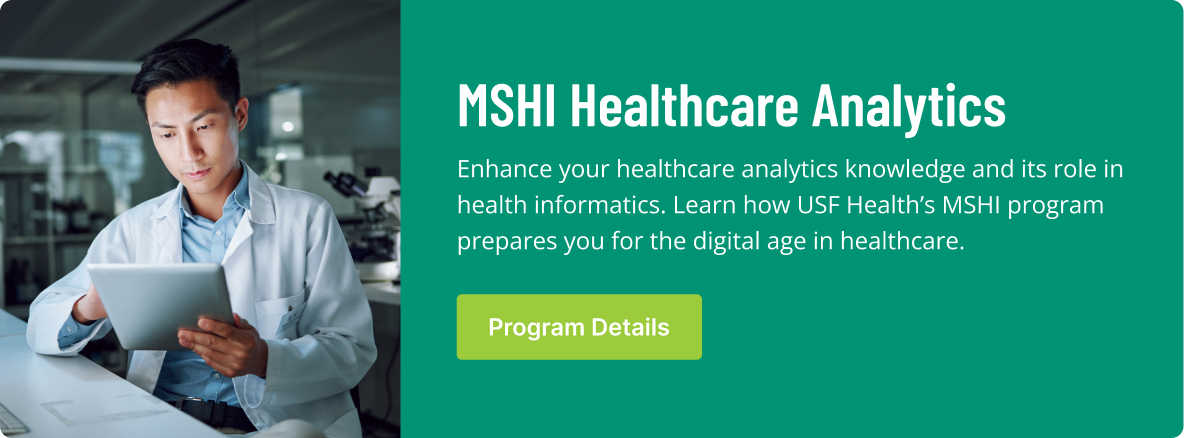The world has long passed the point where the value of data analytics is a subject of debate. The value has been proven time and again, in healthcare and almost every other industry.
However, there are limits to what can be done with collecting and analyzing data. Data analytics works best with the most relevant information, and the only way to accomplish that in an optimal way is to provide data contextualization.
Just as humans need context to understand the information presented to them, so do software systems, artificial intelligence and machines that you want to learn. Without this, data is simply a massive amount of numbers and information – in other words, noise.
You need data context to make it useful.
What Is Data Contextualization
Taking it bit further, data contextualization involves inputting information into a system that provides context for the data points being generated.
For example, a list of numbers collected as part of online consumer behavior on a business website could be anything: number of visits to the site, amount spent, number of pages they viewed or the number of times they bailed on their online shopping cart.
Also, such siloed information does not consider other factors that could affect behavior. Perhaps there was a run on flashlights and batteries due to reports of an approaching hurricane. Perhaps a special deal offered on social media drove a spike in sales. Maybe a big fashion story in the New York Times spurred a run on Manolo Blahniks. And so on.
While organizations have loads of information, they don’t necessarily have knowledge. Data context provides the missing element.
Why is Context Important for Healthcare Data?
The stakes and importance of data analytics and data contextualization are higher in healthcare. Despite years of investment in health informatics and data crunching systems – with electronic health records (EHRs) the biggest example – healthcare operations still tend to be more reactive than proactive.
Providing data context at the “upstream” level of the system could save healthcare operations money and improve patient outcomes by taking a more predictive approach.
Data collection and research has indicated that many chronic illnesses and diseases can be predicted through factors outside of basic health data on a patient. A study published in the Journal of the American Medical Informatics Association listed a variety of areas where data context could help medical professionals take proactive steps with patients. Many of these factors have been found to be determinants of health outcomes.
They include:
- Socioeconomic circumstances
- Psychological issues
- Cultural factors
- Environmental factors
- Institutional interactions
- Lifestyle choices
The study reported that the combination of these factors can prove a better determinate on health than a patient’s genetics.
Areas of Opportunity
Medical wearable devices that allow remote patient monitoring are an excellent example of providing data context to improve patient outcomes.
In drug clinical trials, the typical approach has been to track the day-to-day impact of the drug being tested through diaries kept by patients. However, wearing a monitor provides researchers with accurate, up-to-the-minute data on how a patient is doing in the context of what they are doing at that time.
Environmental factors also can be considered in addition to the patient’s activities. A humid climate in south Florida will have a different impact on a patient than a dry, cool day in Sante Fe, New Mexico.
Part of the challenge for healthcare companies is to decide how they want to leverage data context. With the wide variety of issues to address, decisions must be made on where they focus should be placed. That could range from certain processes within a hospital (patient intake or transferring to another department, for example) to assessing feedback given by patients once treatment is complete.
Data contextualization is the key to making all this work and providing healthcare leaders with valuable, actionable data. The responsibility is then on them to trust the data, make decisions based on it, monitor the impact of those decisions and make continual adjustments to improve outcomes.




